Table of content
Introduction
Matsutake mushrooms, scientifically known as Tricholoma matsutake, are highly esteemed for their earthy aroma, delicate texture, and rich flavor. Native to the coniferous forests of Japan, China, and parts of North America, these elusive fungi are prized by gourmets worldwide. Their seasonal availability, typically during autumn, coupled with their delicate nature, necessitates careful handling and preservation to enjoy their culinary delights throughout the year. This comprehensive guide delves into the various methods of preserving matsutake mushrooms, ensuring that their unique taste and texture are retained for future culinary adventures.
Understanding Matsutake Mushrooms
Before diving into preservation techniques, it’s crucial to understand the unique characteristics of matsutake mushrooms. These mushrooms grow symbiotically with pine trees, thriving in well-drained, acidic soils under a canopy of mature pine forests. Their appearance varies, with caps ranging from light brown to dark brown, often featuring a velvety texture. The stems are firm and aromatic, with a distinct fragrance reminiscent of pine and earth.
Due to their limited growing season and the challenges associated with harvesting in remote, mountainous regions, matsutake mushrooms are often sold at a premium. Their fleeting availability makes preservation essential for extending their enjoyment beyond the harvest period.
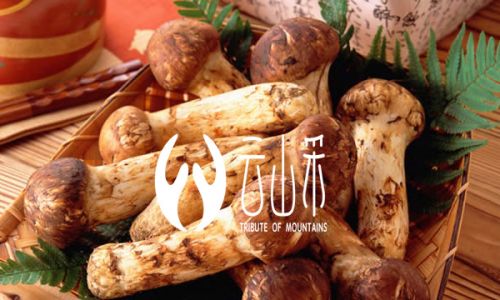
Importance of Proper Preservation
Proper preservation of matsutake mushrooms not only extends their shelf life but also maintains their quality, ensuring that the unique aroma, texture, and flavor are preserved. Improper handling can lead to rapid spoilage, characterized by softening, discoloration, and loss of aroma. Therefore, understanding and implementing effective preservation techniques is vital for anyone who values the culinary excellence of matsutake mushrooms.
Basic Preservation Principles
Before exploring specific preservation methods, it’s essential to adhere to some basic principles:
- Cleanliness: Ensure all surfaces, tools, and containers used for handling and storing matsutake mushrooms are clean to prevent contamination.
- Temperature Control: Keep matsutake mushrooms at the appropriate temperature to slow down enzymatic activity and microbial growth.
- Humidity Management: Maintain optimal humidity levels to prevent dehydration or excessive moisture, which can lead to spoilage.
- Packaging: Use airtight containers or vacuum-sealed bags to minimize oxygen exposure, which slows down oxidation and spoilage.
Preservation Methods
Several methods can be employed to preserve matsutake mushrooms, each with its own set of advantages and considerations. Here’s a detailed look at each method:
Refrigeration
Refrigeration is the simplest and most commonly used method for preserving matsutake mushrooms. By lowering the temperature, you slow down the growth of microorganisms and the activity of enzymes that cause spoilage.
- Preparation: Gently clean the mushrooms with a damp cloth or soft brush to remove any dirt or debris. Avoid soaking them in water, as this can cause them to absorb excess moisture and lose flavor.
- Storage: Place the cleaned mushrooms in a paper bag or an airtight container lined with paper towels. The paper towels will absorb any excess moisture, helping to maintain the ideal humidity level.
- Duration: Matsutake mushrooms can be stored in the refrigerator for up to two weeks. However, their quality and aroma will gradually decline over time.
Freezing
For longer-term preservation, freezing matsutake mushrooms is an effective option. This method involves rapidly lowering the temperature to halt microbial growth and enzymatic activity, effectively extending the shelf life of the mushrooms.
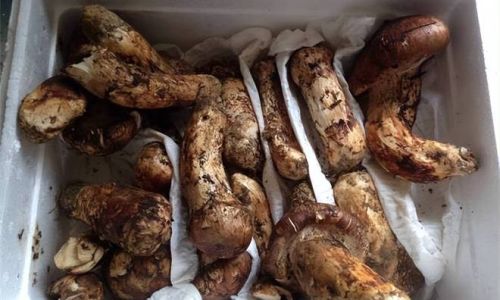
- Preparation: Clean the mushrooms as described for refrigeration. To minimize freezer burn and maintain texture, slice or chop the mushrooms into desired portions before freezing.
- Blanching: Blanching helps to inactivate enzymes and kill surface microorganisms, improving the quality of the frozen mushrooms. Submerge the mushrooms in boiling water for 2-3 minutes, then immediately plunge them into ice water to stop the cooking process.
- Freezing: Pat the blanched mushrooms dry with paper towels to remove excess moisture. Arrange them in a single layer on a baking sheet and place in the freezer until frozen solid. Once frozen, transfer the mushrooms to airtight containers or freezer bags, removing as much air as possible to prevent freezer burn.
- Duration: Properly frozen matsutake mushrooms can be stored for up to a year, although their texture and flavor may slightly degrade over time.
Drying
Drying matsutake mushrooms is a traditional method of preservation that concentrates their flavor and aroma, making them ideal for use in soups, stocks, and sauces.
- Preparation: Clean the mushrooms and slice them thinly to ensure even drying.
- Drying Methods: There are several ways to dry mushrooms, including using a food dehydrator, an oven set to a very low temperature (around 150°F or 65°C), or even sun-drying in warm, dry weather. Food dehydrators are the most reliable and consistent method, providing precise temperature and humidity control.
- Duration: Drying time varies depending on the method and thickness of the slices, but it typically takes several hours to a day. The mushrooms are ready when they are completely dry and brittle.
- Storage: Store dried matsutake mushrooms in an airtight container in a cool, dark place. They can be kept for several months to a year, with their flavor intensifying over time.
Pickling and Fermentation
Pickling and fermentation are preservation techniques that add layers of flavor while extending the shelf life of matsutake mushrooms. These methods involve submerging the mushrooms in a brine solution, which creates an acidic environment that inhibits microbial growth.
- Preparation: Clean the mushrooms and slice or chop them into bite-sized pieces. Prepare a brine solution by mixing salt, sugar, and vinegar (or other acidic ingredient like lemon juice) with water.
- Pickling: Pack the mushrooms into clean, sterile jars and pour the brine over them, ensuring they are fully submerged. Secure the jars with lids and store them in a cool, dark place.
- Fermentation: For fermented matsutake mushrooms, use a lower salt concentration and allow the natural bacteria on the mushrooms to ferment the brine, creating lactic acid. This process takes longer and requires monitoring for optimal flavor and safety.
- Duration: Pickled matsutake mushrooms can be stored for several months, while fermented mushrooms may need to be refrigerated after a few weeks to slow down further fermentation.
Canning
Canning matsutake mushrooms involves processing them in a hot water bath or pressure canner to create a sterile environment that prevents spoilage.
- Preparation: Clean and slice the mushrooms. Prepare a canning syrup or brine, depending on your preference.
- Canning Process: Pack the mushrooms into clean, sterile jars, leaving headspace for expansion. Pour the syrup or brine over the mushrooms, secure the jars with lids, and process them in a hot water bath or pressure canner according to standard canning guidelines.
- Storage: Store canned matsutake mushrooms in a cool, dark place. They can be kept for up to a year, with their flavor and texture well-preserved.
Conclusion
Preserving matsutake mushrooms requires careful consideration of various factors, including temperature, humidity, packaging, and the specific preservation method chosen. Each method offers unique benefits and is suited to different culinary needs and storage durations. By adhering to proper preparation techniques and storage guidelines, you can ensure that your matsutake mushrooms retain their exquisite aroma, texture, and flavor, allowing you to enjoy their culinary excellence throughout the year. Whether you choose refrigeration, freezing, drying, pickling, fermentation, or canning, the key to successful preservation lies in meticulous attention to detail and an understanding of the unique characteristics of these precious fungi.
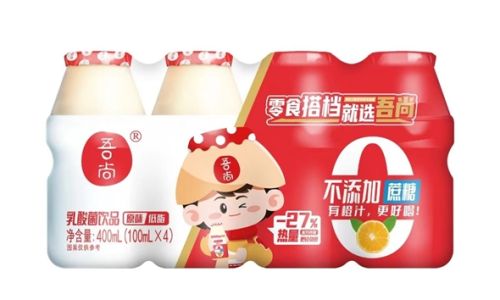
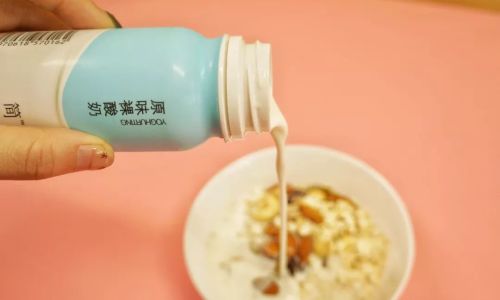

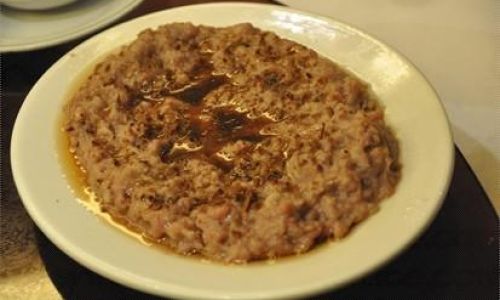


0 comments